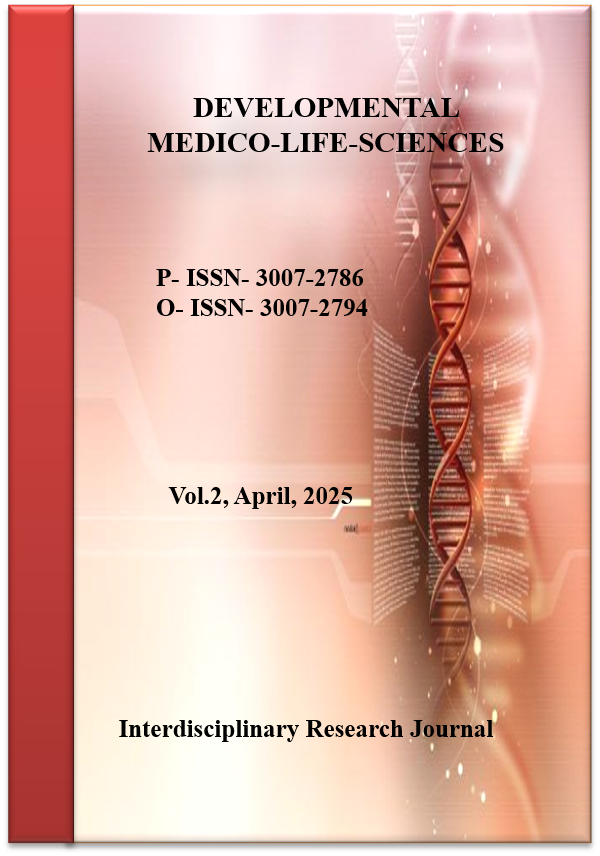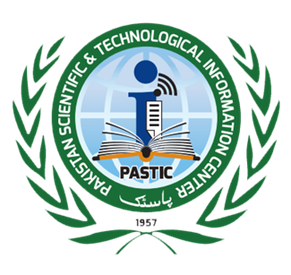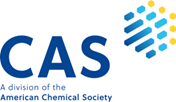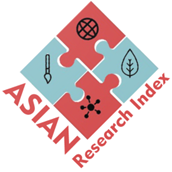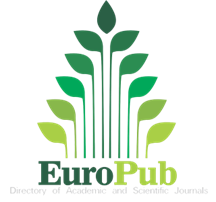Prevalence and Risk Factors of Polycystic Ovary Syndrome Among Adolescent Girls in Urban and Rural Areas of Punjab, Pakistan
PCOS in Punjab: Prevalence and Risk Factors Among Adolescents
DOI:
https://doi.org/10.69750/dmls.02.04.0121Keywords:
Polycystic, Adolescents, Urban, Rural, Obesity, InsulinAbstract
Background: Polycystic ovary syndrome (PCOS) is a leading endocrine disorder during adolescence, conferring reproductive, metabolic, and psychological burdens. Reliable estimates from Pakistan—particularly contrasting urban and rural settings—remain scarce.
Objective: To estimate the prevalence of PCOS and delineate its principal risk correlates among adolescent girls residing in urban and rural districts of Lahore, Pakistan.
Methods: A cross‑sectional survey was undertaken between January and December 2024. Sixty girls aged 13–19 years were recruited by purposive sampling, with equal representation from urban and rural communities. Standardised questionnaires captured sociodemographic and lifestyle variables; physical and anthropometric assessments, transabdominal ultrasonography, and fasting biochemical profiles were obtained. PCOS was defined according to the Rotterdam criteria. Data were analysed with SPSS (version 25.0).
Results: The overall prevalence of PCOS was 26·7%. Urban participants demonstrated a significantly higher prevalence than their rural counterparts (36·7% vs 16·7%; p = 0·04). Urban residency was associated with elevated body‑mass index, greater waist circumference, a higher proportion of obesity, sedentary behaviour, and frequent fast‑food intake. Menstrual irregularity, acne, and hirsutism were the predominant clinical manifestations. Biochemically, girls with PCOS exhibited raised serum testosterone, fasting insulin, fasting glucose, and HOMA‑IR indices (all p < 0·05). A positive familial history of PCOS was more common among urban respondents.
Conclusion: PCOS affects more than one in four adolescent girls in Lahore, with a markedly greater burden in urban communities driven by adiposity, lifestyle patterns, and hereditary predisposition. Early detection, focused health education, and targeted lifestyle modification programmes are essential to mitigate future cardiometabolic and reproductive sequelae.
Downloads
References
Sharma P, Kaur M, Khetarpal P. CYP19 gene rs2414096 variant and differential genetic risk of polycystic ovary syndrome: a systematic review and meta-analysis. Gynecol Endocrinol. 2021;37(2):126–31. doi:10.1080/09513590.2020.1813274
Sharma P, Kaur M, Sachin K, Khetarpal P. Prevalence of menstrual problems, lifestyle, mental health, and PCOS awareness among rural and urban women of Punjab, India: a cross-sectional study. J Psychosom Obstet Gynaecol. 2022;43(3):349–58. doi:10.1080/0167482X.2021.1965983
Alina R, Um ES, Murtaza SGH. Awareness of polycystic ovarian syndrome among women in Punjab, Pakistan. Sci Inquiry Rev. 2023;7(1):1–8. doi:10.32350/sir.71.01
Hussain M, Shaikh F, Jamil L, Shaheen A, Afaq MH, Hasni AA, et al. Contributing factors of polycystic ovary syndrome. Indus J Biosci Res. 2025;3(1):696–708. doi:10.70749/ijbr.v3i1.555
Sharif M, Majeed HK, Tagar K, Lohana S, Rauf A, Sharif M, et al. Reproductive health-related knowledge, attitude, and practices among women in underdeveloped areas of Punjab, Pakistan. Cureus. 2022;14(11):e31043. doi:10.7759/cureus.31043
Taghavi SA, Aramesh S, Azizi-Kutenaee M, Allan H, Safarzadeh T, Taheri M, et al. Influence of infertility on sexual and marital satisfaction in Iranian women with PCOS: a case-control study. Middle East Fertil Soc J. 2021;26(1):2. doi:10.1186/s43043-020-00047-y
Chopra SM, Misra A, Gulati S, Gupta R. Overweight, obesity and related non-communicable diseases in Asian Indian girls and women. Eur J Clin Nutr. 2013;67(7):688–96. doi:10.1038/ejcn.2013.70
Ganie MA, Chowdhury S, Suri V, Joshi BN, Bhattacharya PK, Agarwal S, et al. Variation in normative biochemistry analytes in healthy reproductive-age women in India: ICMR-PCOS task force study subset. Indian J Pharmacol. 2023;55(2):152–60. doi:10.4103/ijp.ijp_694_22
Dhar S, Mridha S, Bhattacharjee P. In silico mutational landscape analysis of PCOS-related genes. Reprod Sci. 2022;29(2):480–96. doi:10.1007/s43032-021-00752-7
Alshammary AF, Alsobaie SF, Alageel AA, Aldakheel FM, Ansar S, Alrashoudi R, et al. Molecular role of Asn680Ser and Asp37Glu variants in infertility and PCOS among Saudi women. Curr Issues Mol Biol. 2023;45(7):5494–514. doi:10.3390/cimb45070348
Shah SM, Mohanty S, Kaduluri CS, Bhatt GS, Ninama P, Bapat NK. Impact of COVID-19 on lifestyle and manifestations of PCOS: nationwide cross-sectional analysis. Int J Community Med Public Health. 2022;10(1):240–9. doi:10.18203/2394-6040.ijcmph20223551
Ganie MA, Chowdhury S, Malhotra N, Sahay R, Bhattacharya PK, Agrawal S, et al. Prevalence, phenotypes, and comorbidities of PCOS among Indian women. JAMA Netw Open. 2024;7(10):e2440583. doi:10.1001/jamanetworkopen.2024.40583
Shinde KS, Patil SS. Incidence and risk factors of PCOS among reproductive-age women in Western Maharashtra. Int J Reprod Contracept Obstet Gynecol. 2019;8(7):2804–9. doi:10.18203/2320-1770.ijrcog20193046
Mahar B, Shah T, Sadiq N, Mangi R, Warsi J, Abbas Q. Vitamin D deficiency in Pakistan: a comprehensive meta-analysis. J Diabetol. 2024;15(4):335–48. doi:10.4103/jod.jod_61_24
Balaji S, Amadi C, Prasad S, Kasav JB, Upadhyay V, Singh AK, et al. Urban–rural differences in PCOS burden among adolescent girls in India. Biomed Res Int. 2015;2015:158951. doi:10.1155/2015/158951
Rafique A, Salma U, Saleem H. Awareness of polycystic ovarian syndrome among women in Punjab, Pakistan. Sci Inquiry Rev. 2023;7(1):1–16. doi:10.32350/sir.71.01
Jena SL, Parida J, Badamali J, Pradhan A, Singh PK, Mishra BK, et al. Overweight and obesity prevalence among Indian adolescents: a scoping review protocol. PLoS One. 2022;17(9):e0275172. doi:10.1371/journal.pone.0275172
Zulfiqar S, Noor S, Rafique H, Rehman B, Babar A, Shahid T, et al. Prevalence and awareness of PCOS among Pakistani females. Proc Pak Acad Sci B Life Environ Sci. 2022;59(1):77–83. doi:10.53560/PPASB(59-1)703
Hayat FA, Shahzad A, Eman U, Malik L, Aziz H, Akbar S, et al. Differential prevalence of depression in obese vs. non-obese women with PCOS. Dev Med Life Sci. 2024;1(3):27–34. doi:10.69750/dmls.01.03.033
